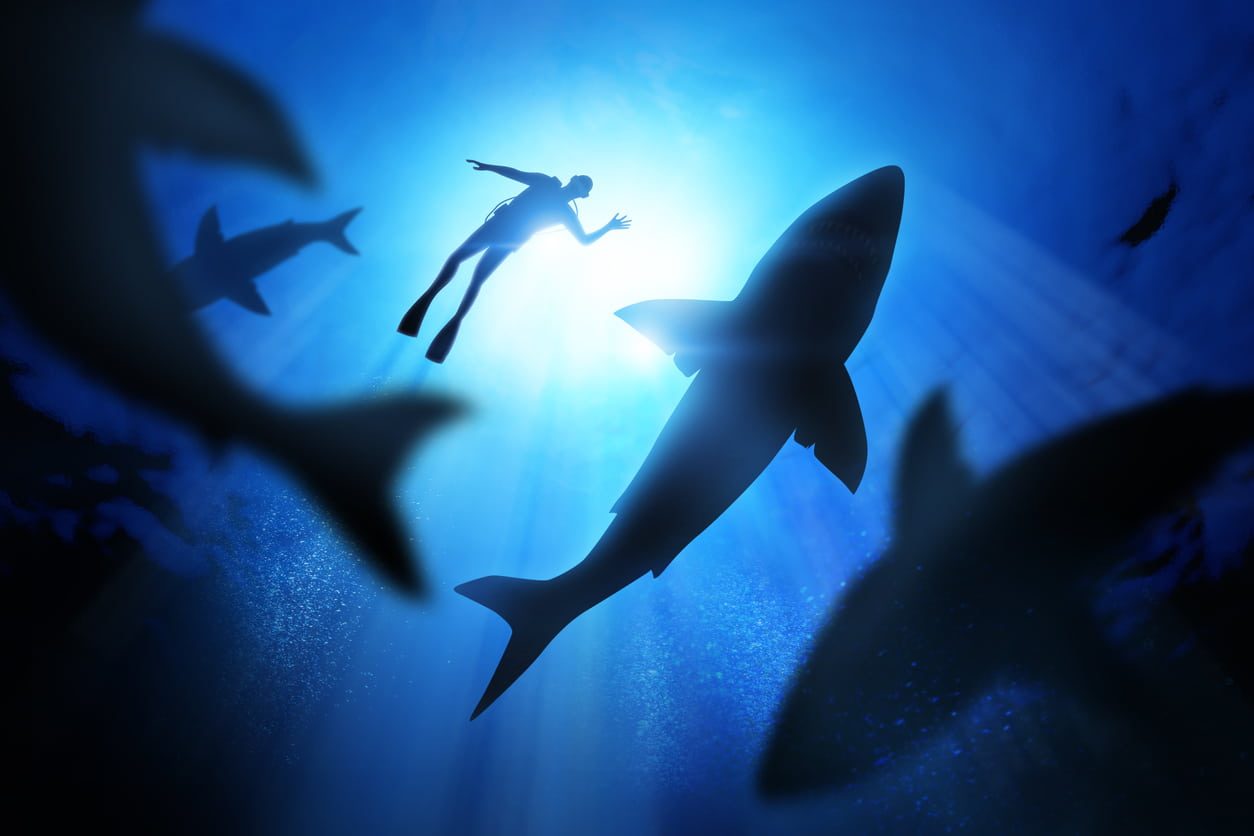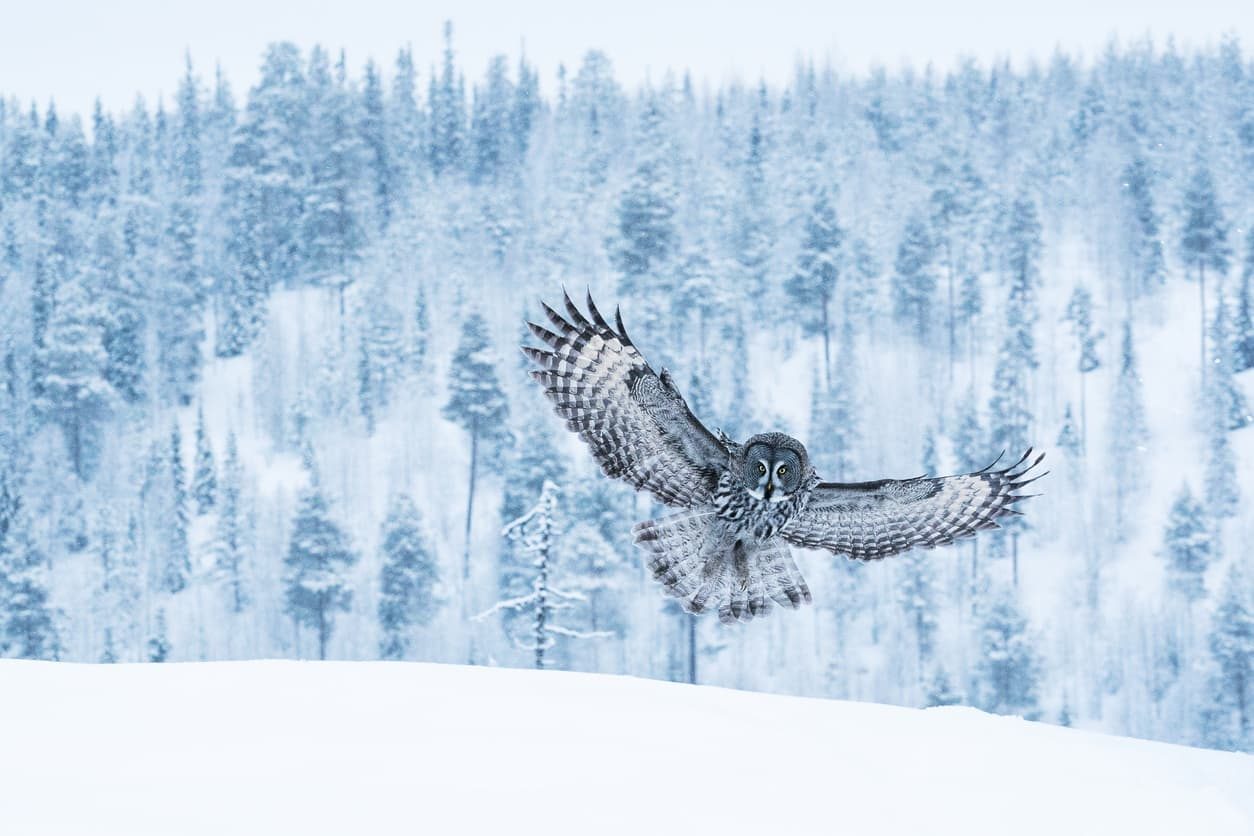Biomimicry: examples of innovation inspired by nature
In 1941, the engineer and inventor George de Mestral went out, like every other day, for a walk with his dog in the Swiss Alps. However, this was not to be a day like any other. Upon returning home, he noticed the tiny hooks of the Alpine thistle that had become attached to his dog's fur as well as his own trousers. Instead of just removing them and getting on with his day, the Swiss man felt the need to work out how they managed to stick so well. Armed with his microscope, he discovered they had something akin to a set of mini hooks and loops, whose purpose was precisely to adhere to other objects and thus allow the seeds to be dispersed over wider areas. Fourteen years later, George de Mestral replicated this process using textile fibres, with the aim of creating a different solution to traditional zips: that's how Velcro was born.
Can we learn from the natural world and imitate its habits to solve many of the challenges we face? The answer is a resounding yes. This process of observation and innovation inspired by nature is called Biomimicry and it can also reduce costs in climate terms. According to a study by Swiss Re Group, solutions arising from "animal" observation could generate an added value of hundreds of billions of dollars worldwide.
Want to learn more about biomimicry and examples of its impact on the present economy? Below, we explain how over the course of history, humans have harnessed the millions of years of trial and error undertaken by nature.
What is biomimicry?
Biomimicry is a concept referring to the study of the forms, processes and systems found in nature, with the aim of employing these to solve human problems or challenges.
The main point of innovating in this way is that our companions on planet Earth (plants, animals and microbes) have been adapting and perfecting themselves for over 3.8 billion years ―since the emergence of the first bacterias― to overcome the challenges they face as species.
Why is biomimicry important?
Observing, learning, copying and adapting nature's models can provide humans with different visions and means of working when it comes to addressing the obstacles we have to tackle as a society. While it’s true that copying nature is nothing new ―Leonardo da Vinci already used this technique to design his flying machine, inspired by birds and insects―, the concept was popularised by the author Janine Benyus in her book Biomimicry: Innovation Inspired by Nature in 1997.
It is in this book that the American scientific writer points out that "in a society accustomed to dominating or “improving” nature, this respectful imitation is a radically new approach, a revolution. Unlike the Industrial Revolution, the Biomimicry Revolution introduces an era based not on what we can extract from nature, but on what we can learn from her." For example: How should we grow our food? What can we do to create more efficient materials? Can we behave differently and do business in a more sustainable way?
Nature knows how to deal with such issues in a manner unlike humans. Hence the importance of fostering and promoting such observation, as it allows us to tackle current challenges in a more sustainable and environmentally friendly way. And that's vital in a global climate in which the main challenge is reducing CO₂ emissions and minimising global warming.

Features of innovation based on biomimicry examples
As stated in the document Biomimicry: sustainable and regenerative innovation inspired by nature, by Manuel Quirós, a doctor of Biology, this discipline "not only opens the path leading to new bio-inspired technologies, but also aims to change human beings' relationship with nature”.
Some of the defining features of research and innovation based on biomimicry examples are:
Sustainability. Nature-based research optimises rather than maximises. This is a sustainable, regenerative and less intrusive model, the purpose of which is to strike a balance that improves efficiency and sustainability without depleting resources.
Unexplored perspectives. One advantage of biomimicry, for example, is that it provides researchers with new angles from which to solve problems that humans have not considered before, due to taking a more conventional approach.
Proven experience. Nature has been evolving and perfecting these designs and systems for millennia, offering a vast knowledge base for innovation.
Resilience and adaptability. Solutions inspired by nature are often more adaptable and resistant to environmental changes, increasing their durability.
It encourages curiosity and creativity. Biomimicry examples pique people's curiosity, which leads to creative and bold solutions.
Cost reduction. By exploiting natural principles, biomimicry can lead to long-term cost reduction by optimising processes and resources effectively.

Biomimicry examples
All these characteristics serve to highlight the opportunity that people and companies have when it comes to incorporating this vision into their productive processes to more efficiently, cheaply and competitively come up with innovative solutions that are, above all, sustainable and environmentally friendly.
In fact, many companies have been investing in this field for years already. Some of the best known biomimicry examples of this so far are:
Japan's Shinkansen bullet trains. The bullet trains of the Asian country have always been famous for their speed, but until a few years ago, they were also famous for their noise. When they entered a tunnel, they pushed the air at such a speed that a wave of pressure and sound was generated that could be heard 400 metres away, proving problematic in residential areas in particular.
To solve the problem, the director of technological development Eiji Nakatsu was inspired by the aerodynamics of the Kingfisher, after learning that this bird is able to dive at high speed from the air into the water without barely making a splash. And so he redesigned the front of the train to imitate the bird's beak. In addition, the company also modified the components that supply the train with electricity, inspired by the shape of owl feathers, to meet the noise standard of 70 dBa established by the government.
Quieter wind turbines. Owls once again crop up in a noise-related innovation. As explained in the book Biomimicry: Innovation Inspired by Nature, these raptors are known for being silent predators thanks to their feathers having irregular edges and flexible strips that minimise noise-causing turbulence before a hunt. Based on these, scientists and engineers have applied similar principles to the design of wind turbine blades, with the purpose of reducing noise.
Antibacterial surfaces. The company Sharklet Technologies has patented a solution to the problematic proliferation of antibiotic-resistant bacterial strains, emulating characteristics observed in sharkskin. Sharks' skin structure prevents the growth of crustaceans and barnacles, elements found on other marine organisms. Sharklet Technologies' solutions are mainly used in the medical and healthcare field.
Bioclimatic architecture. At the new Pinal County Prosecutor's Office in the Arizona desert, performance and efficiency were improved by imitating the saguaro cactus (from Latin, Carnegiea gigantea). After creating a three-dimensional computer model of a saguaro cactus and simulating natural light, the project managers emulated the vertical walls of the cactus to provide continuous self-shading and heat redistribution that prevents overheating. On the facade, moreover, they installed windows bio-inspired by spiders' webs, so that birds can detect them from outside and avoid crashing, which is common in this environment.
There are many more biomimicry examples in innovation: self-washing paint that mimics the lotus leaf, materials capable of extracting water from ambient humidity like the Namib desert beetle, holograms to prevent the falsification of credit cards based on the nanostructures of butterfly wings, and so on.
Nature serves as a source of endless inspiration with many undiscovered patents. It's like a library that holds millions of years worth of knowledge that can be accessed by companies and their employees to pinpoint the solutions our society needs, in almost any given sector.
As noted in both a study by the Fermanian Business & Economic Institute (FBEI) at Point Loma Nazarene University and Manuel Quirós' analysis on biomimicry and innovation, industries such as energy, materials, architecture, agricultural management, medical, mobility or robotics are going to be top priority in terms of biomimicry investment in the coming years.
In the United States alone, according to the FBEI study, biomimicry could create around 1.6 million jobs this decade. In some cases this would imply replacing jobs connected to older products and technologies, such as fossil fuels, but in many others, it would open up entirely new markets.
How can we accelerate this transformation? By fostering innovation and recognising that we are surrounded by nature waiting to be explored. As such, and to develop these nature-based innovations, advances in areas like computing, materials, sensorisation and Artificial Intelligence hold major potential. Hence the need and importance of having workers and researchers qualified in these areas of knowledge.
Do you want to develop professional skills that will help you access better job opportunities? Discover Santander Open Academy, the training space you need to keep growing.
Join our global platform for learning and professional development and access courses at zero cost, training content in a wide range of formats and scholarships from leading universities and institutions.
If, like us, you believe that we should never stop learning, sign up here and find out what we have for you!
Más posts interesantes que leer...
-

-
 29/09/2025 | Santander Universidades
29/09/2025 | Santander UniversidadesLearning English: the key to better job opportunities
Card text


